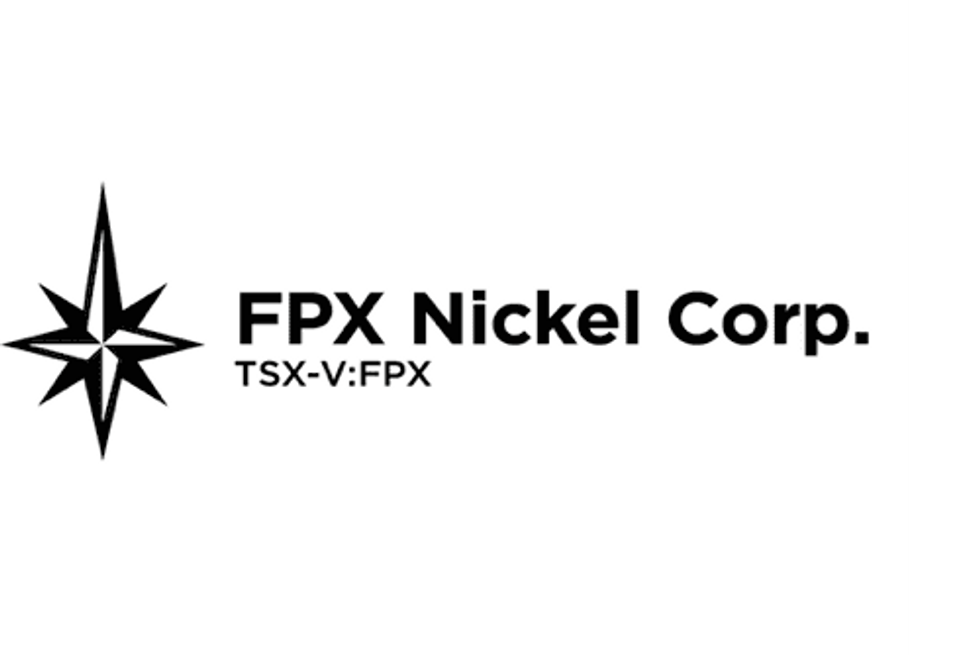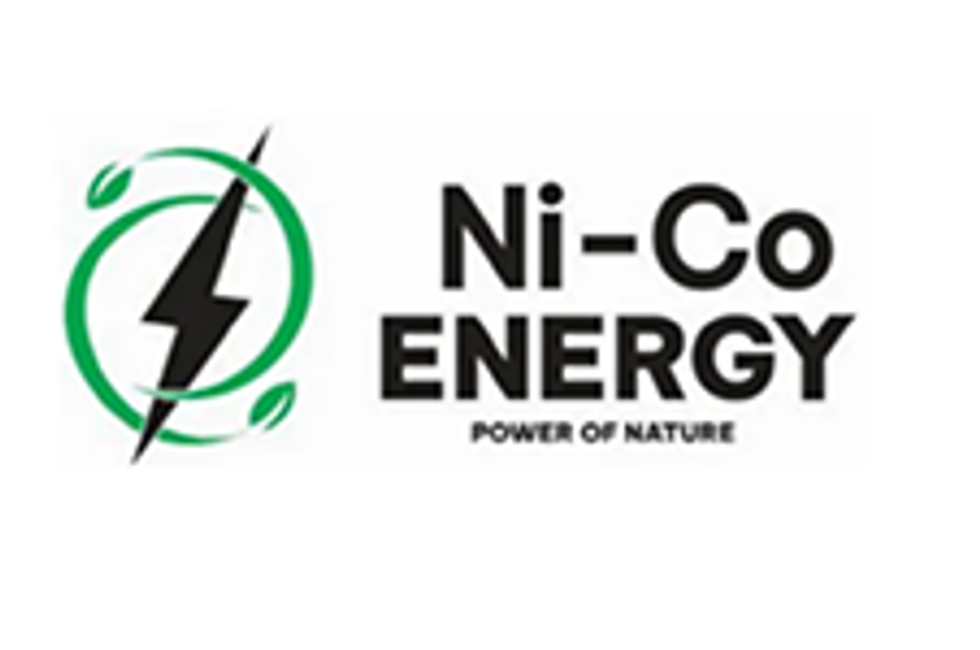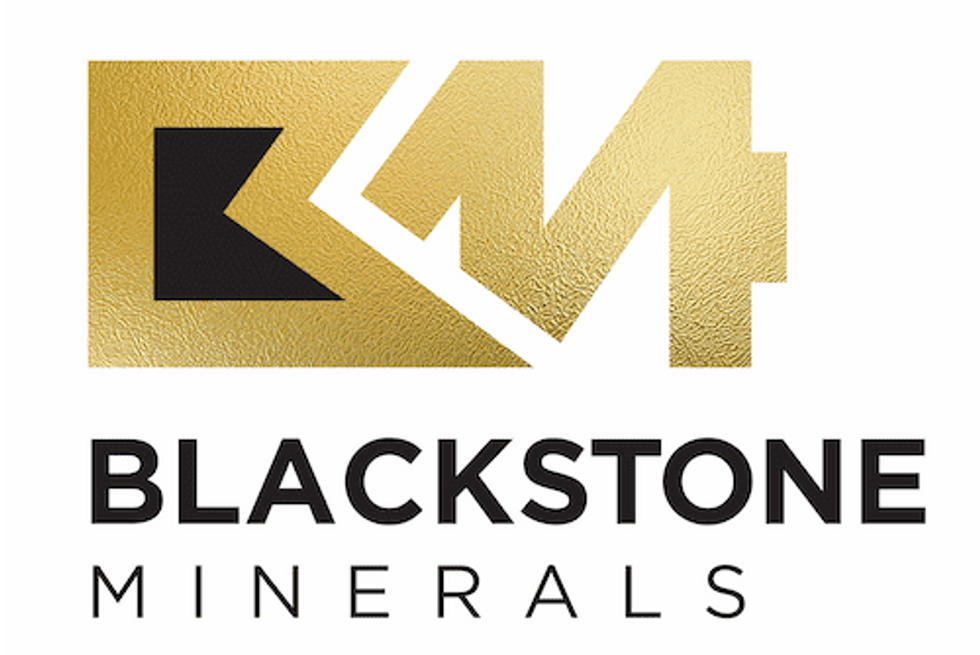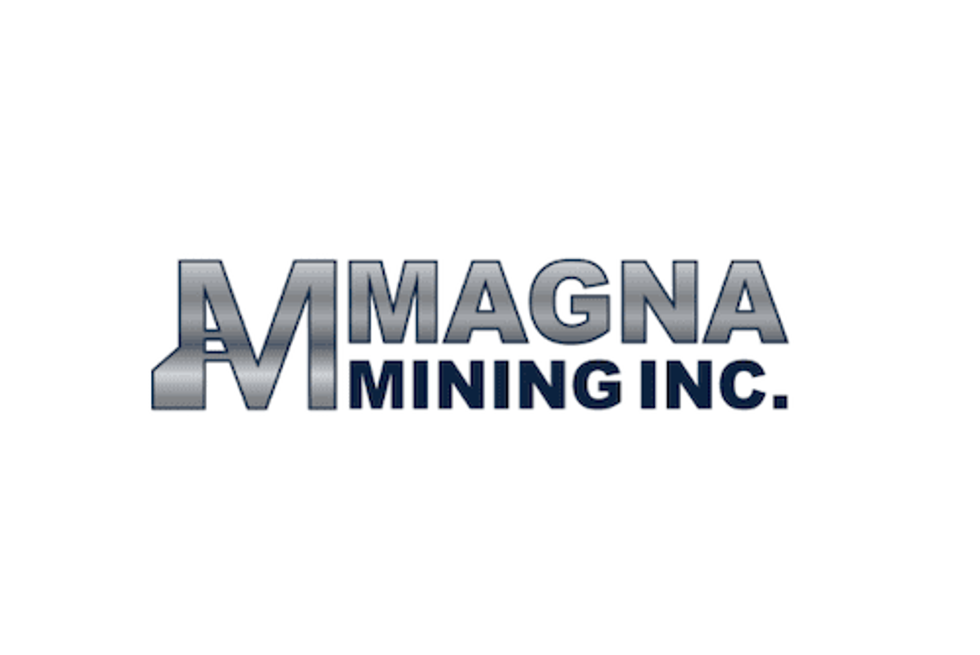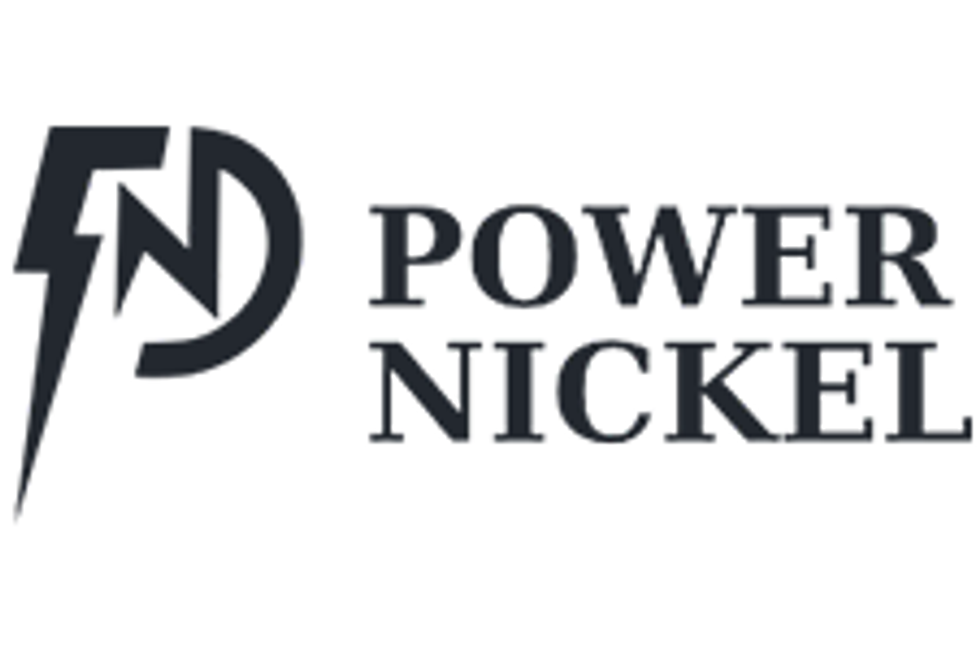
According to analysts, the increase was driven mainly by stronger-than-expected demand from the stainless steel and battery sectors.
Three-month nickel on the LME rallied to its highest level this year on Monday (August 21), reaching $11,270 per tonne.
According to analysts, the increase was driven mainly by demand from the stainless steel and battery sectors, plus environmental controls in China.
“Unexpectedly better consumption of nickel in the stainless steel and battery sectors in the third quarter is the key driving force in the nickel price rally,” Xia Peng of China Merchant Futures told Metal Bulletin.
Supply tightness could also be a contributing factor. The Philippines, a major nickel-producing country, reported reduced output during the first half of the year. The latest data from the country’s Mines and Geosciences Bureau shows that its nickel direct shipping ore output fell by 24 percent in H1.
Government sanctions and bad weather halted mine operations during the period, the bureau said earlier this month. Out of the Philippines’ 30 nickel mines, 11 reported zero production in H1.
Latest nickel company news
Despite nickel’s positive price action this week, several major miners have recently announced plans to suspend or halt production at their operations.
First Quantum Minerals (TSX:FM) said earlier this month that it will suspend operations at its Ravensthorpe nickel mine in Western Australia due to persistently low prices. Vale (NYSE:VALE) also cited a depressed market as the reason it will not extend the life of its Voisey’s Bay mine in Canada.
However, there have been positive developments as well. Also this month, Australia’s Western Areas (ASX:WSA) announced a return to profitability despite struggling with soft nickel prices. The company posted a full-year net profit of $19.3 million, up from a $29.8 million loss the previous year.
Across the ocean in Canada, Noront Resources (TSXV:NOT) learned this week that the Ontario government has committed to building a series of all-weather roads that will link isolated First Nations communities with the province’s highway system; they will also connect Noront’s assets in the Ring of Fire region to the rest of the province.
The Ring of Fire holds an estimated $60 billion in deposits containing a variety of commodities, but development has been hampered by a lack of infrastructure. Noront’s first priority is its Eagle’s Nest high-grade nickel–copper-PGMs asset, though it also holds chromite assets in the area.
Noront CEO Alan Coutts said the road is an “important breakthrough.” The government’s investment is part of a $1-billion infrastructure plan that was promised three years ago, and construction of the roads is expected to start in 2019.
Click here to read more about the Ontario government’s Ring of Fire announcement.
Don’t forget to follow us @INN_Resource for real-time news updates!
Securities Disclosure: I, Melissa Shaw, hold no direct investment interest in any company mentioned in this article.
